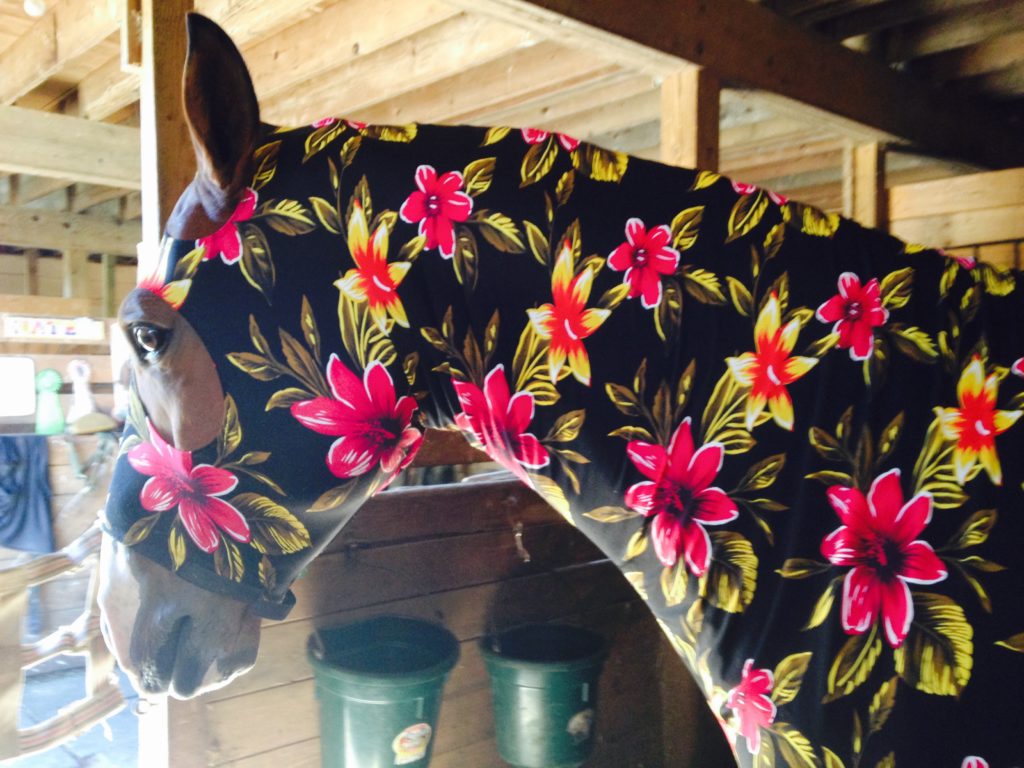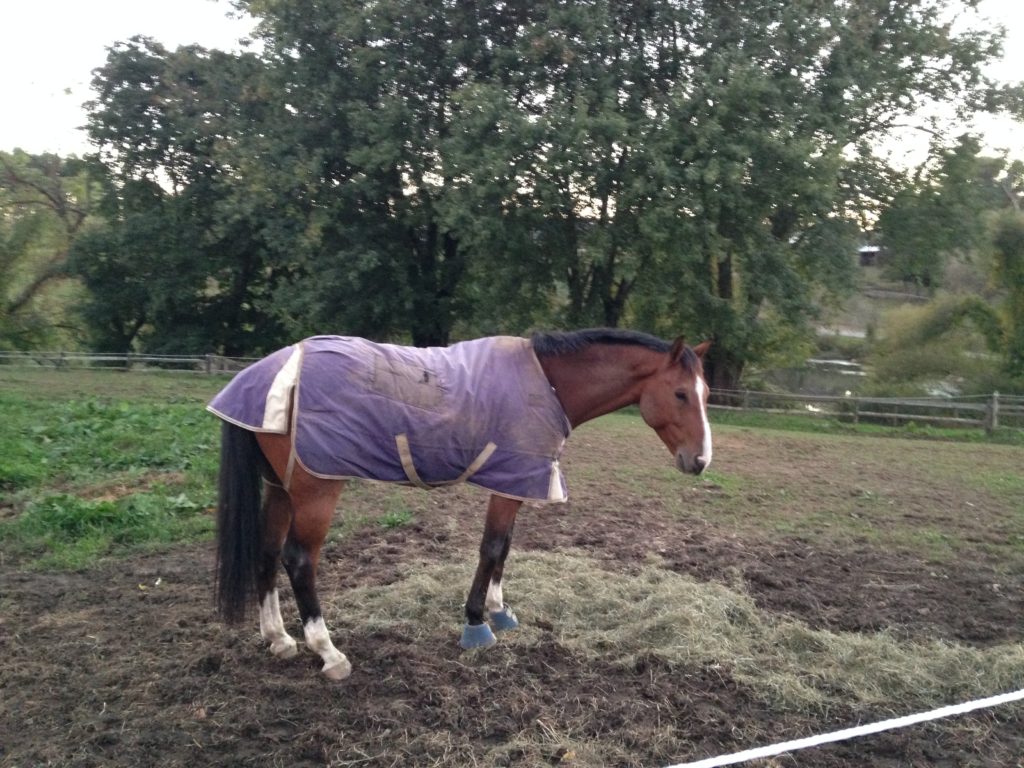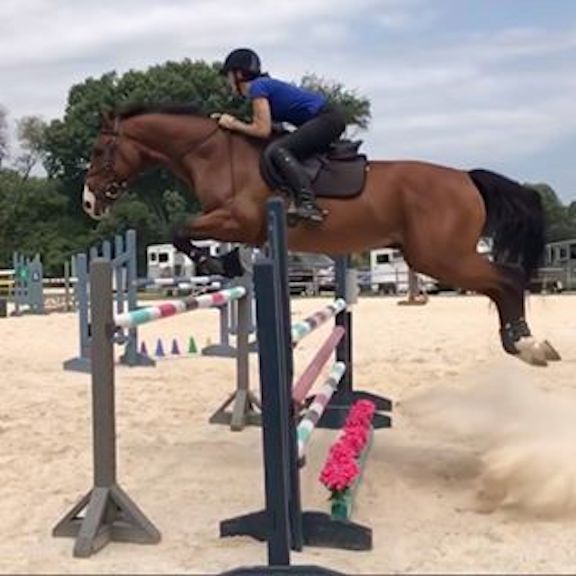Horsemanship is a word we all hear as something we are losing. As in: “Kids these days aren’t taught horsemanship. They expect everything to be done for them and don’t know how to do anything.” This makes me laugh a little because it reminds of an ancient Greek play I read in which some parents were complaining about their teenagers being lazy and expecting everything to be done for them. The lament against “kids these days” is as old as civilization, apparently!
More seriously, though, I’ve been wondering what exactly is meant by the term “horsemanship,” and whether or not it is truly being lost. At first pass, to me horsemanship is an understanding of horses and horse care, and, perhaps even more importantly, a willingness to learn new methods or approaches. It is having the mindset that you put the horses first, always, in your training, your care, your treatment, everything.
I think good horsemanship is also understanding that there are usually many ways of achieving the same thing. This is very true in riding, and it is true in horse care. I have a particular way of doing certain things because I was taught that way and it has always worked. However, if my vet suggests a new or different approach to dealing with an abscess I am happy to ditch my old method and try the new one. Does that mean there aren’t other ways of doing it? Does that mean the new way is necessarily better? Does it mean I can’t compare the two and see which works better? Nope! The key is to be open to new ideas, consult your vet or other experts, ask your friends what works for them, see what is most useful to you, and go from there.
The reality is that two horse people means three opinions. Everyone has different ideas! For example, I like to ship my horse long distances in pillow wraps and flannels. It’s pretty old school, but I am an expert wrapper and after seeing a horse deglove a tendon in a trailer accident I prefer to keep those fragile legs protected. Also, to be honest, when I’m hauling Steve to a one-day show wrapping keeps him from getting poop on his nice white socks. Does being a good horseman preclude being vain about your horse’s chrome? Hopefully not!
 Is making your horse wear a ridiculous hood to protect his braids bad horsemanship? Steve says “YES.”
Is making your horse wear a ridiculous hood to protect his braids bad horsemanship? Steve says “YES.”
Now, lots of people swear by shipping boots. Others like no bows and regular knit wraps. Others use nothing. The latter group might not wrap because they don’t think it is necessary, or they worry about the wraps slipping. The boot people might like the convenience (and you can get really jazzy colors). The no bow people might like the idea that they won’t give their horse a bandage bow. Regardless, there are pros and cons to all of these approaches, and the horse, the situation, the experiences of the owner all play a role in what someone might choose. I fully recognize the disjuncture between wrapping for long distances and not for short ones: a horse can (and will try to!) hurt itself at any moment, not just on long trips. I’ve made the decision that longer trips mean more time for injury, but it’s not a perfect approach, and I know this!
I have now gone on about wrapping (or not) while trailering for two paragraphs and barely scratched the surface of what good horsemanship entails. I could talk about horseshoes and trimming, clipping in the winter, blanketing, wound care, turnout, saddle fitting, bits, treating thrush, horse nutrition, tack care, hay, bedding, and so on and on and on! We feel passionately about how we care for our horses, and sometimes we get a little nutty with it. We all know someone who is willing to jump on the latest bandwagon, or, the opposite: someone who will stick to a tried-and-true method regardless of any new information. We might be that person!
 Sometimes good horsemanship involves making sure the kids know the difference between a pony blanket and a horse blanket. Here is Steve grumpily modeling that issue!
Sometimes good horsemanship involves making sure the kids know the difference between a pony blanket and a horse blanket. Here is Steve grumpily modeling that issue!
So, are we “losing” horsemanship? Well, certainly there are a good amount of high-end show barns in the hunter/jumper world that are focused on riding to the exclusion of other on-the-ground skills. The students show up for their lessons, are handed a horse by a groom, and then go home afterward without doing anything other than ride. In this extreme case I would say that horsemanship is lost, at least to an extent.
That picture does not give any insight into the much larger quantity of barns where children (and newby adults) are taught all of those other horsey skills, where they learn how to care for tack, clean and bandage a wound, pull a mane, give snarky ponies a bath. There are many more of these places (my own barn is an example!) where horsemanship—good, bad, and everything in between—is practiced and taught and learned every day. Just last week I showed a new horse owner how to deal with a scrape on her horse’s leg. This was a small but useful piece of information and now she has more tools in her toolbox.
I don’t always humiliate my horse with horrible clothing; more often we just have fun together.
If we care about horsemanship then it seems to me that seeing ourselves as perpetual students is the best approach. And, being willing to pass along our knowledge to the next generation is vitally important. There is always something new to learn, and there will always be a different way of thinking about horse care, training, riding, whatever. Be open to new perspectives and information, be open to sharing your own experiences, and trust that as long as you put the wellbeing of the horses ahead of everything else, you are on the right track. Being a horseman is a lifelong journey: enjoy the ride!


